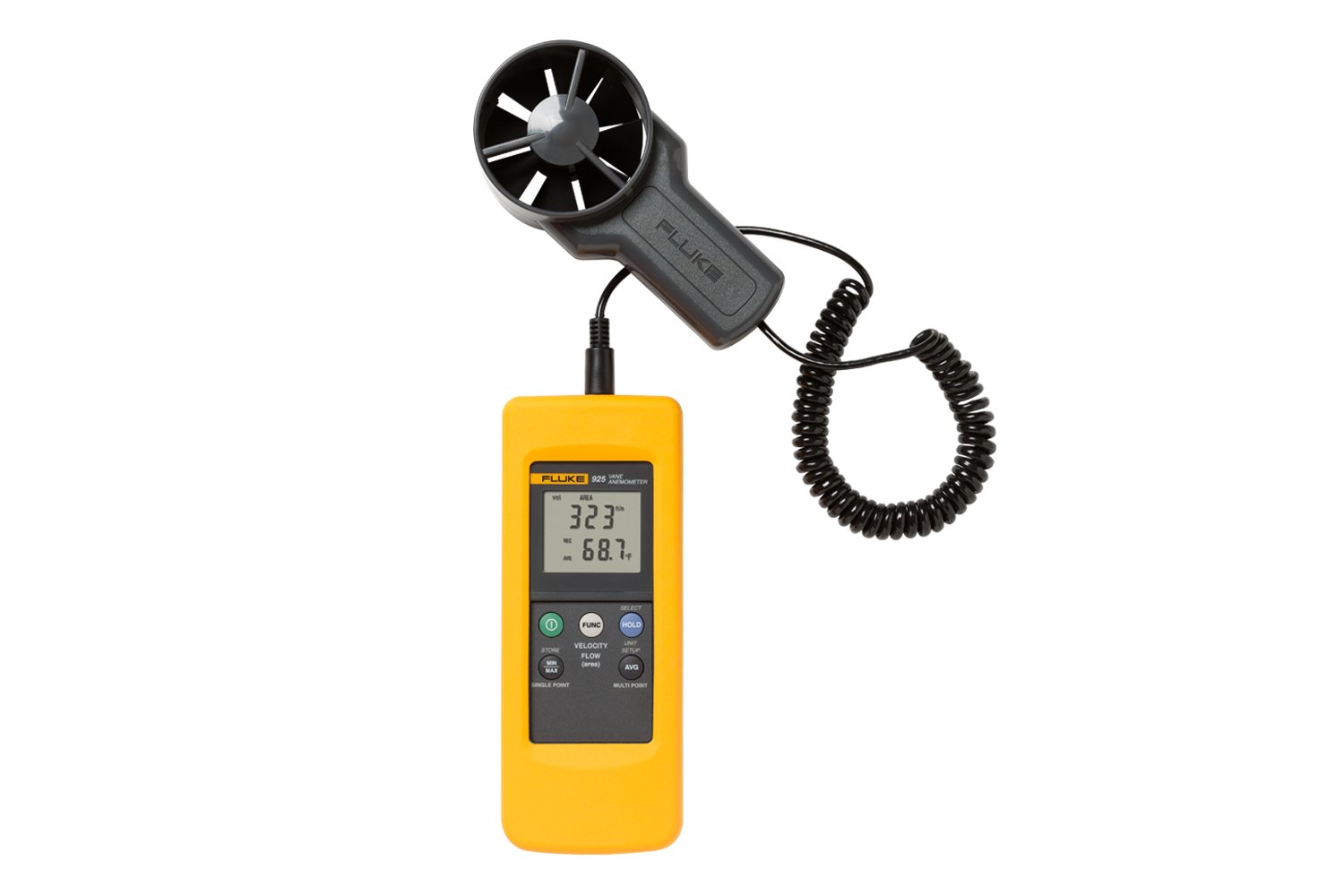Top Functions to Try To Find in an Efficient Anemometer for Accurate Wind Measurement
Exploring the Functions and Advantages of Anemometers for Weather Lovers and Specialists
From mug anemometers to sonic anemometers, each kind brings its special set of applications and benefits, dropping light on different elements of atmospheric problems. As we dig right into the functions and benefits of anemometers, a deeper understanding emerges not only of dominating weather condition phenomena but also of the wider ramifications for fields like wind power manufacturing and ecological study.
Importance of Anemometers in Climate Surveillance
Anemometers play a vital role in climate tracking by supplying precise dimensions of wind rate, helping in forecasting and understanding weather condition patterns. These instruments, ranging from conventional mug anemometers to modern ultrasonic anemometers, are crucial for meteorologists, researchers, and weather enthusiasts alike.

Kinds Of Anemometers and Their Applications
The most usual kinds of anemometers include cup anemometers, vane anemometers, hot-wire anemometers, and ultrasonic anemometers. Mug anemometers consist of 3 or 4 cups installed on horizontal arms that rotate with the wind, gauging its rate. Vane anemometers, on the various other hand, make use of an easily turning vane to straighten with the wind direction, giving both wind speed and instructions dimensions.
Cup anemometers are ideal and durable for general climate tracking, while vane anemometers are favored for directional dimensions. Ultrasonic anemometers are non-intrusive and provide high accuracy, commonly made use of in study and specialized climate monitoring applications.
Advantages of Utilizing Anemometers in Projecting
In weather forecasting, the application of anemometers offers indispensable advantages for improving the accuracy of weather condition forecasting. Anemometers gauge wind rate and direction, supplying critical data for predicting weather condition patterns. By including wind information right into forecasting designs, meteorologists can much better comprehend the movement of weather condition systems, expect adjustments in weather, and problem a lot more exact projections.
Moreover, anemometers play a vital role in examining prospective weather condition risks. Keeping track of wind rates aids forecasters anticipate serious weather condition occasions such as typhoons, tornadoes, and wintertime tornados with higher accuracy. This very early caution system allows authorities to release timely signals and execute needed security procedures, lowering the threats to life and building.
Furthermore, anemometers help in enhancing renewable energy production. By analyzing wind patterns, meteorologists can identify appropriate areas for wind farms and forecast power output, adding to the reliable generation of wind power.

Anemometers in Wind Energy Production
Provided the essential role anemometers play in supplying exact wind information for weather projecting and danger evaluation, their relevance extends to the world of wind energy wikipedia reference manufacturing. Anemometers are vital instruments in the field of wind power, where the measurement of wind rate and instructions is essential for establishing the usefulness and efficiency of wind turbine setups. By properly gauging wind rates at varying heights, anemometers aid maximize the positioning and layout of wind generators to take full advantage of power output.
In wind farms, anemometers are strategically put to gather real-time wind information that is made use of to evaluate the prospective energy production of a site. This data is crucial in figuring out the economic feasibility of wind energy projects and in projecting energy generation to ensure grid security. Additionally, anemometers aid in monitoring wind problems to enhance wind turbine performance, prevent damages from high winds, and make certain the security of personnel operating in the vicinity of wind generators.
Enhancing Climate Comprehending With Anemometers

Anemometers play a crucial role in improving our understanding of microclimates. These localized weather condition conditions can differ dramatically from broader regional projections, making it necessary to have exact data for specific areas. anemometer. By tactically positioning anemometers in numerous locations, researchers can gather additional hints thorough details on how wind acts in various terrains, metropolitan settings, or bodies of water
Furthermore, anemometers add to boosting climate projecting models by supplying real-time data on wind habits. This details is specifically useful for anticipating extreme weather events, optimizing farming techniques, and sustaining industries like aeronautics and maritime navigating. On the whole, anemometers are vital instruments that enable us to dive much deeper into the complexities of weather condition systems, inevitably resulting in more better-informed choices and exact predictions.
Final Thought
In conclusion, anemometers play an essential duty in weather condition surveillance and projecting by gauging wind speed and instructions. Anemometers likewise have applications in wind energy production, more highlighting their importance in both weather forecasting and sustainable energy industries.
From cup anemometers to sonic anemometers, each type brings its unique collection of applications and benefits, dropping light on numerous aspects of climatic problems. These instruments, varying from traditional mug anemometers to contemporary ultrasonic anemometers, are essential for meteorologists, scientists, and climate lovers alike. The most common kinds of anemometers include cup anemometers, vane anemometers, hot-wire anemometers, and ultrasonic anemometers. Cup anemometers are suitable and robust for general weather surveillance, important site while vane anemometers are favored for directional dimensions. Anemometers are necessary tools in the field of wind power, where the dimension of wind speed and direction is important for figuring out the usefulness and effectiveness of wind turbine installations.